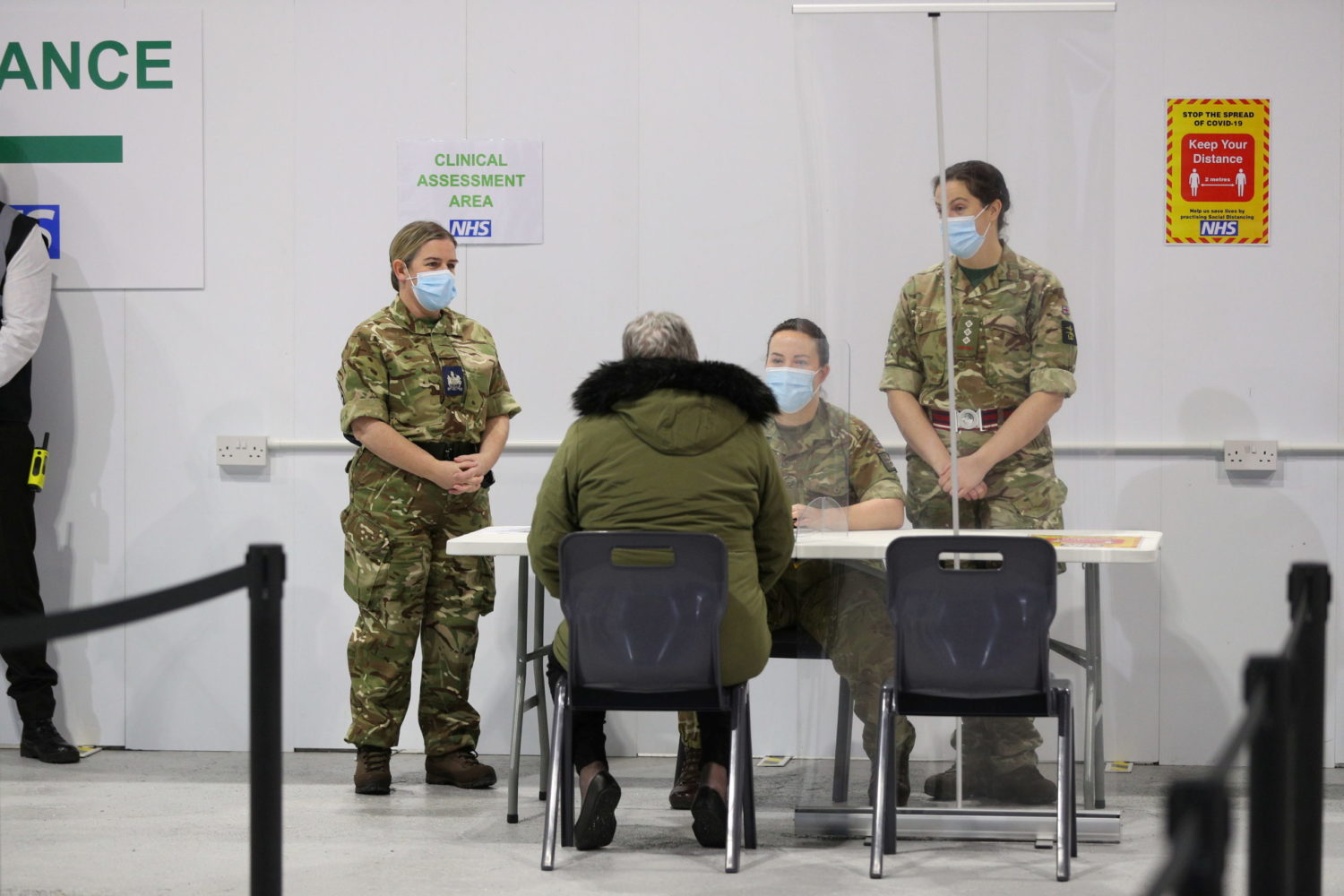
By Norma Galeana
SANTA FE SPRINGS, Calif. (Reuters) – Jose Luis Espinoza had been chasing a COVID-19 vaccine for more than three weeks.
He hadn’t hugged his 98-year-old father in a long time, and was hoping a vaccine would change that. Last week, he struck gold in Santa Fe Springs.
“It was the last dose they gave, and I was the lucky one,” the 68-year-old said.
The chase for leftover vaccine doses is widespread and competitive in Los Angeles. The wait can last for hours outside a clinic or vaccination site, and most people are turned away without a shot.
Clinics have leftover doses when people cancel their appointments at the last minute or don’t show up. Once opened, vaccine vials have an expiry date: 5 days for the Pfizer vaccine and 30 days for the Moderna one.
“We need to make sure if we’re going to pull out that vaccine, that we have the people signed up and the resources and the event scheduled,” said Will Baker, clinic manager for private ambulance service CARE Ambulance, stressing the importance of not wasting any of the precious doses.
‘NEVER GUARANTEED’
Vaccine chasers have been criticized for getting doses when it’s not their turn, perhaps taking it away from someone who might need it more.
“I’m here in the hope that there’s some that might be left over,” said Cynthia Perez, 48, the first to arrive when the Santa Fe Springs clinic opened at 2:00pm.
“So I’m not trying to jump the line. I’m just trying to take advantage of any vaccines or any doses that might be thrown away,” she said.
Perez said she had a child with asthma, and was in ill-health herself, adding, “I’m trying to get ahead of the curve a bit and stay healthy.”
As the evening wore on, the line of chasers outside the clinic grew, and Baker took down their details. Throughout the day, he counted the doses left at each vaccine station, revised the list of appointments, and did the math.
When the clinic closed at 6 p.m., and there was a single shot left over, he called Espinoza’s name.
“I went over the guidelines and I looked for anyone in the line that was 1A,” Baker explained, referring to the first category of vaccine allocation as recommended by the U.S. Centers for Disease Control and Prevention.
“We did have one person in the line that met the 1A criteria and we were able to get him a vaccine today,” he said.
Then Baker went outside and told the rest of the line there were no more doses for the day, apologizing and thanking everyone for their patience.
Perez picked up her bag and headed home, disappointed but not deterred.
“You can’t be upset. It’s never guaranteed,” she said.
(Reporting by Norma Galeana; Editing by Sandra Stojanovic, Karishma Singh and Gerry Doyle)











